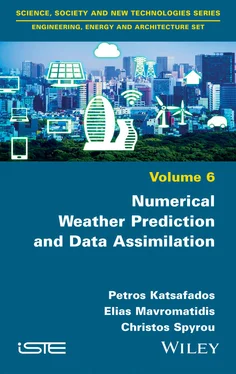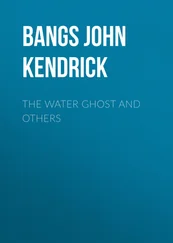A notable pioneer of meteorology, Vilhelm Bjerknes, initially approached the NWP concept in the beginning of the 20th Century. He postulated that governing equations of fluid dynamics could be solved forward in time to predict the future state of the atmosphere given its current state. The fundamental problem raised in this hypothesis is that the complex set of governing equations has approximate solutions instead of analytical solutions. In addition, the accurate measurement of the current atmospheric state was almost impossible at that period of time. It was not until almost 20 years later that Lewis Fry Richardson attempted to solve the partial differential equations of fluid dynamics by hand. He initiated his calculations based on the recorded atmospheric observations on May 20, 1910 at 07:00 to estimate the air pressure over Western Europe 6 hours later from the initial date. It took him almost 6 weeks to solve the set of equations, and he predicted a rather unrealistic rise of air pressure of 145 hPa. Despite his errors, Richardson was the first to attempt weather prediction almost 30 years before the first atmospheric simulation carried out in the Electronic Numerical Integrator and Computer (ENIAC). The aim of the project deployed in the ENIAC was to predict the weather by simulating the dynamics of the atmosphere. In April 1950, using the ENIAC, Jule Charney and John von Neumann performed the first atmospheric simulation by solving the barotropic vorticity equation over a domain covering Northern America. Since large-scale atmospheric motions are assumed to be predominantly barotropic, this was the first step towards predicting the weather. The ENIAC required more than 1 day to perform a 24-hour weather forecast, and therefore the calculation process lasted longer than the actual weather to occur. In the following decades, the continuous progress of computing power made NWP more robust and reliable.
In 1961, Edward Lorenz, an American mathematician and meteorologist, proposed chaos theory for weather prediction. Lorenz realized that errors had been introduced into the model, which were impossible to prevent, propagate in the computational domain and would eventually attract the forecast into chaos. Thus, infinitesimal discrepancy on initial and boundary conditions would lead to completely different deterministic forecasts. The range of these differences would depend on the accuracy of the initial and boundary conditions. This idea was troubling, because it meant that there was a limited time frame within weather forecasts to be reliable. Despite this restriction, the predictability of deterministic forecasts has been increasing by almost 1 day per decade. Nowadays, operational NWP offers reliable products in a forecast window of up to 10 days thanks to the dramatic advances in high-performance computing (HPC), the atmospheric modeling and the optimization of the simulation codes thereof.
Конец ознакомительного фрагмента.
Текст предоставлен ООО «ЛитРес».
Прочитайте эту книгу целиком, на ЛитРес.
Безопасно оплатить книгу можно банковской картой Visa, MasterCard, Maestro, со счета мобильного телефона, с платежного терминала, в салоне МТС или Связной, через PayPal, WebMoney, Яндекс.Деньги, QIWI Кошелек, бонусными картами или другим удобным Вам способом.












